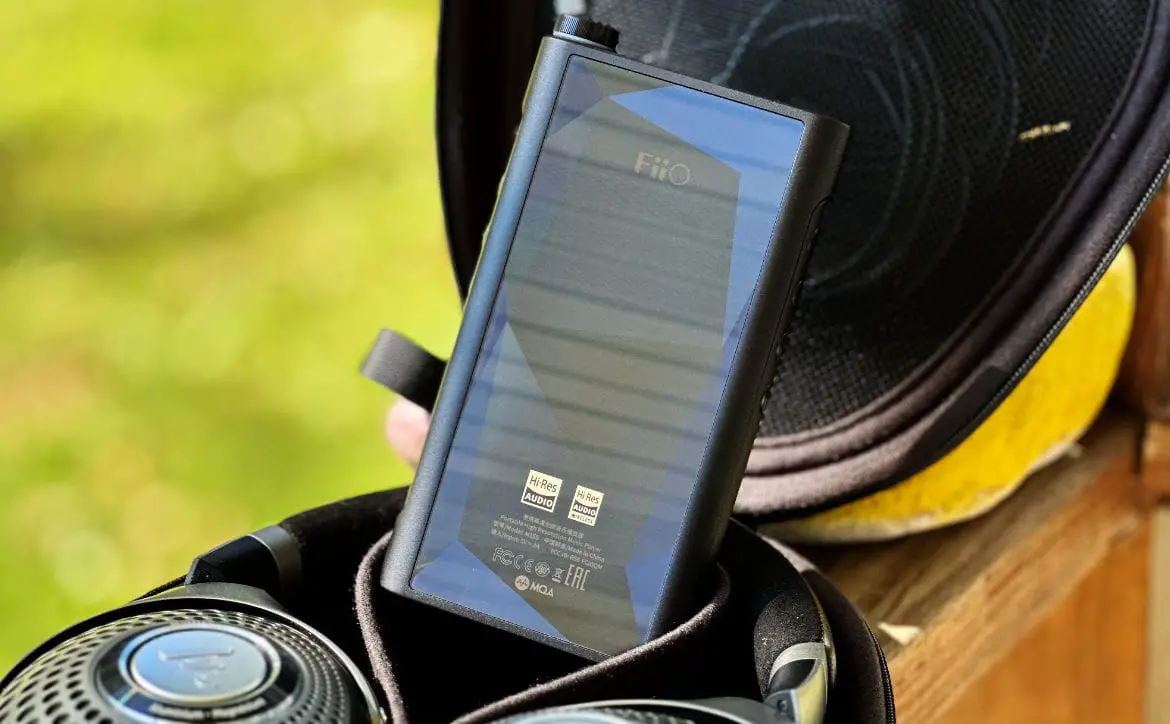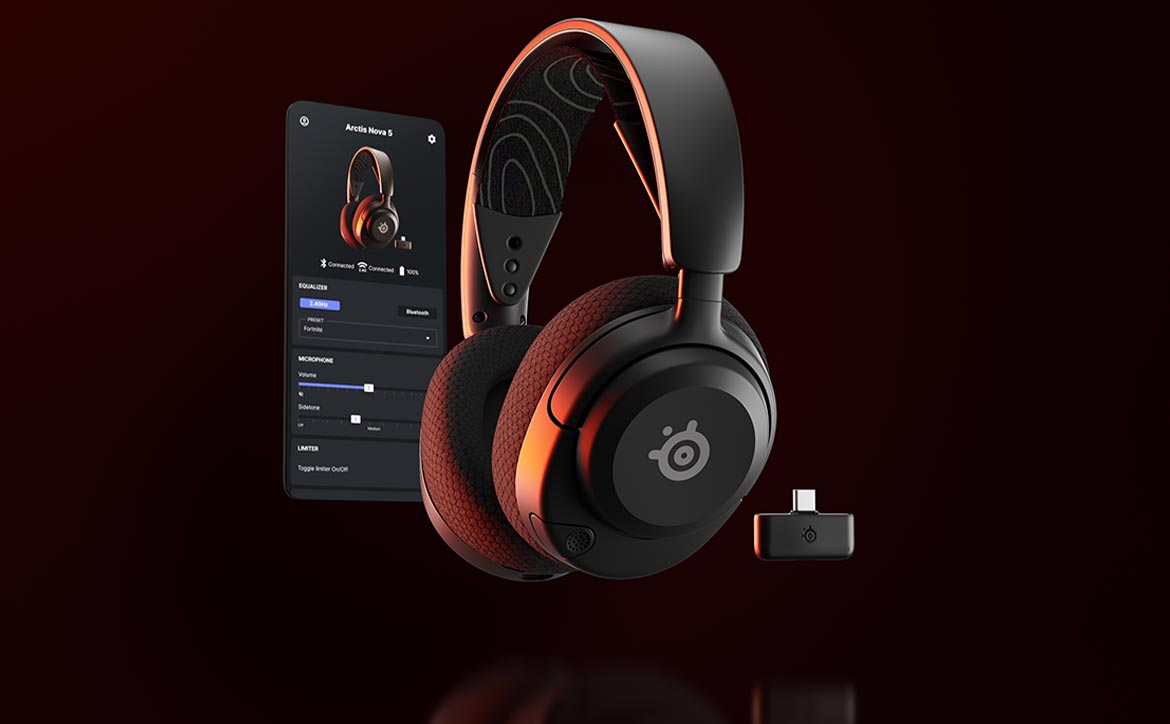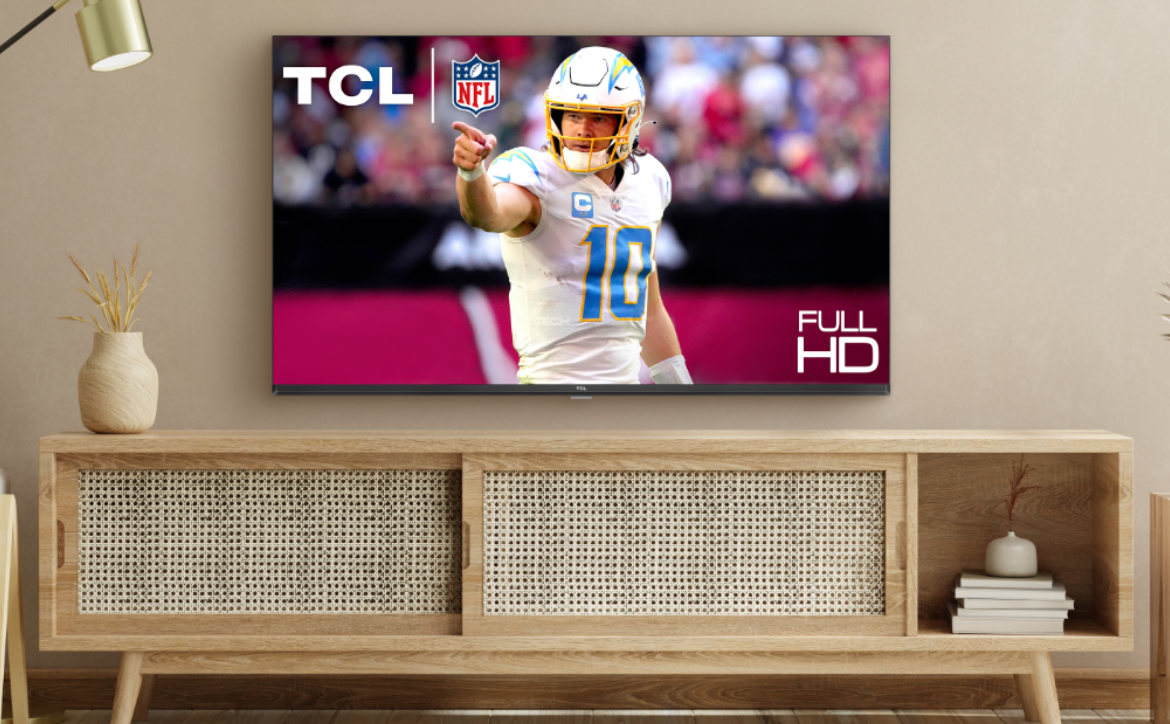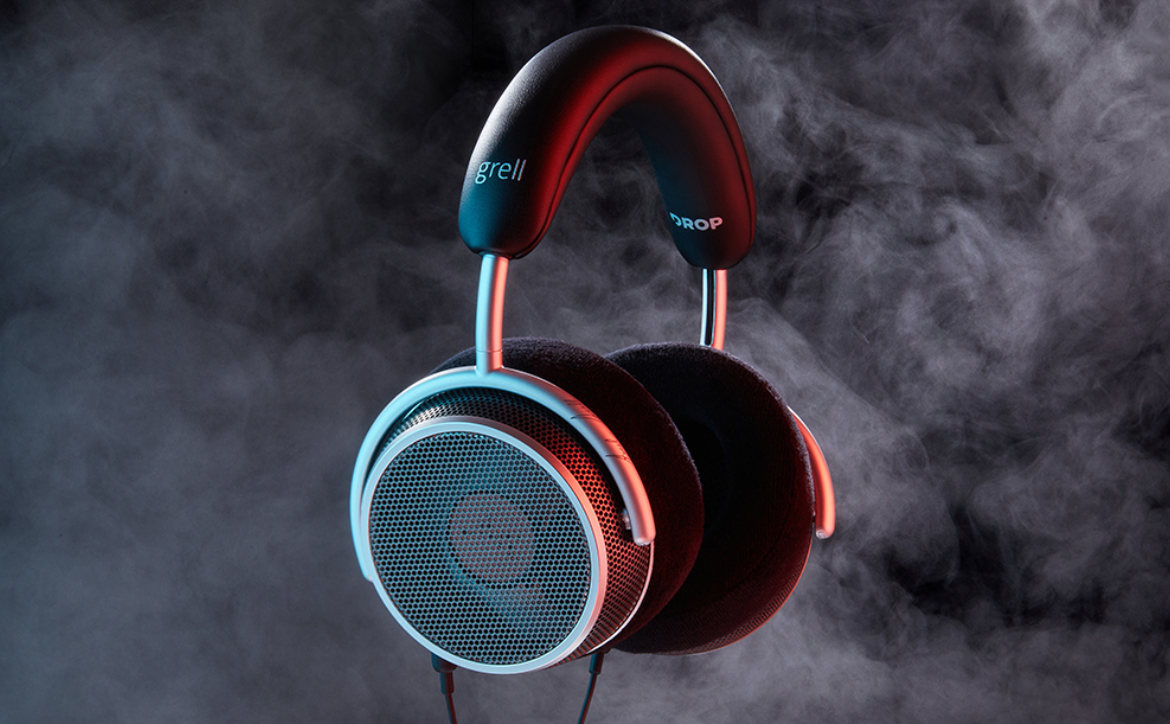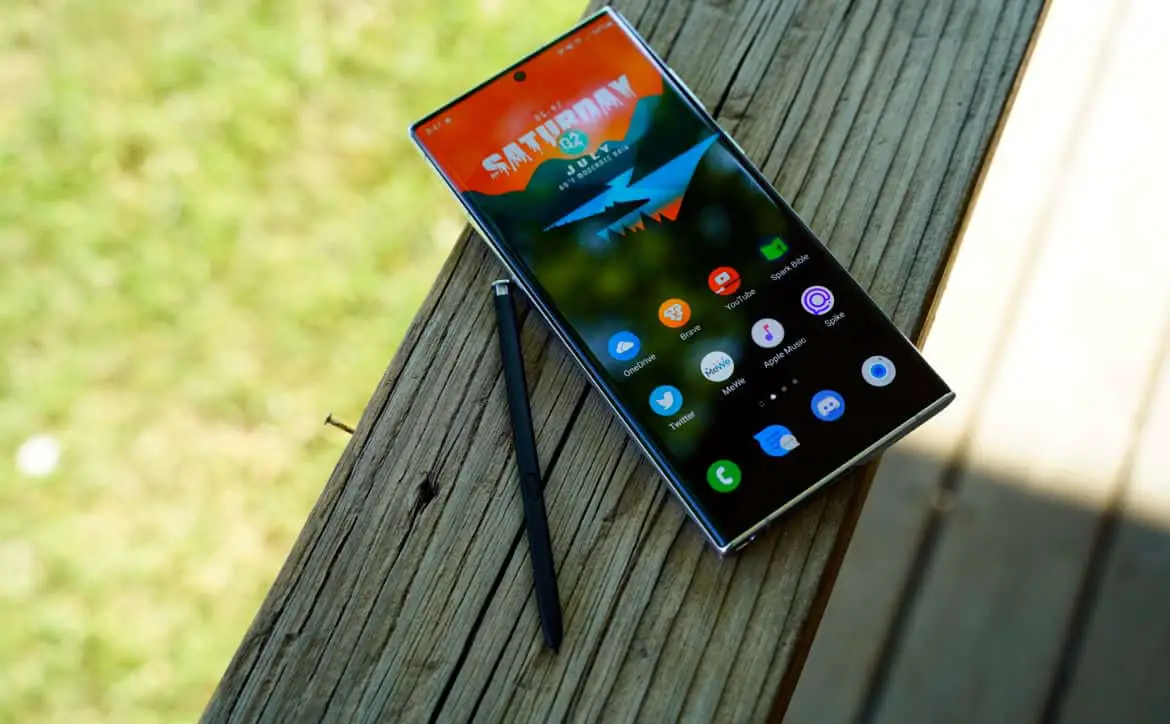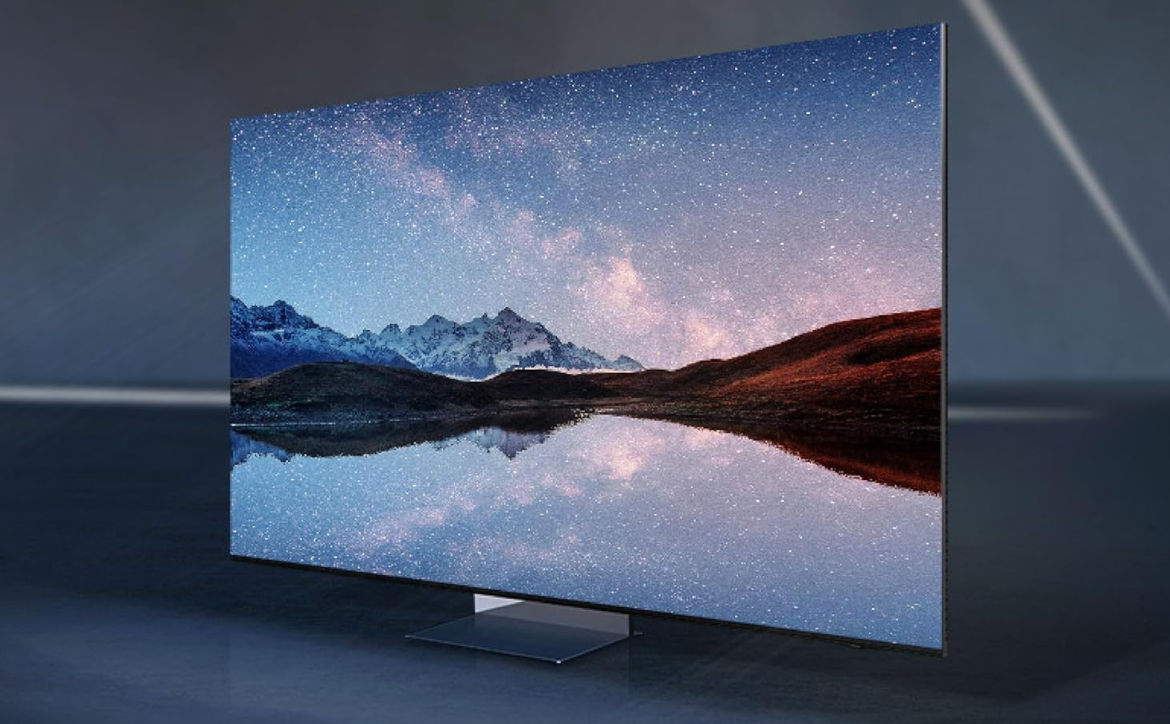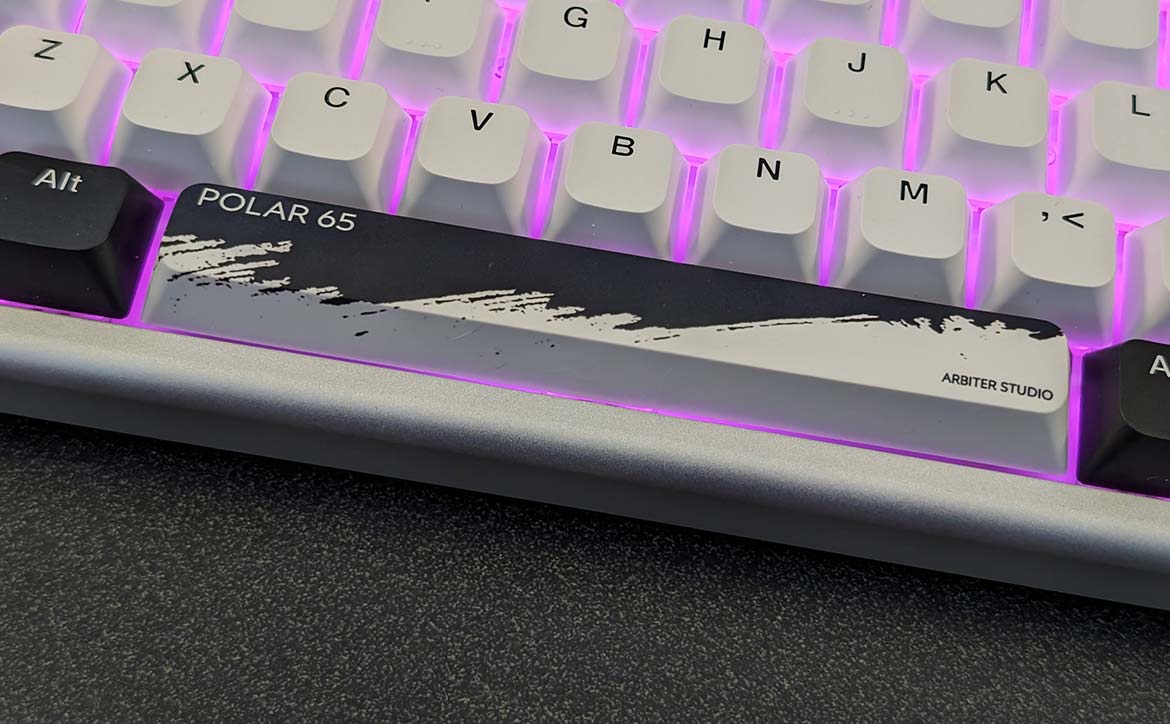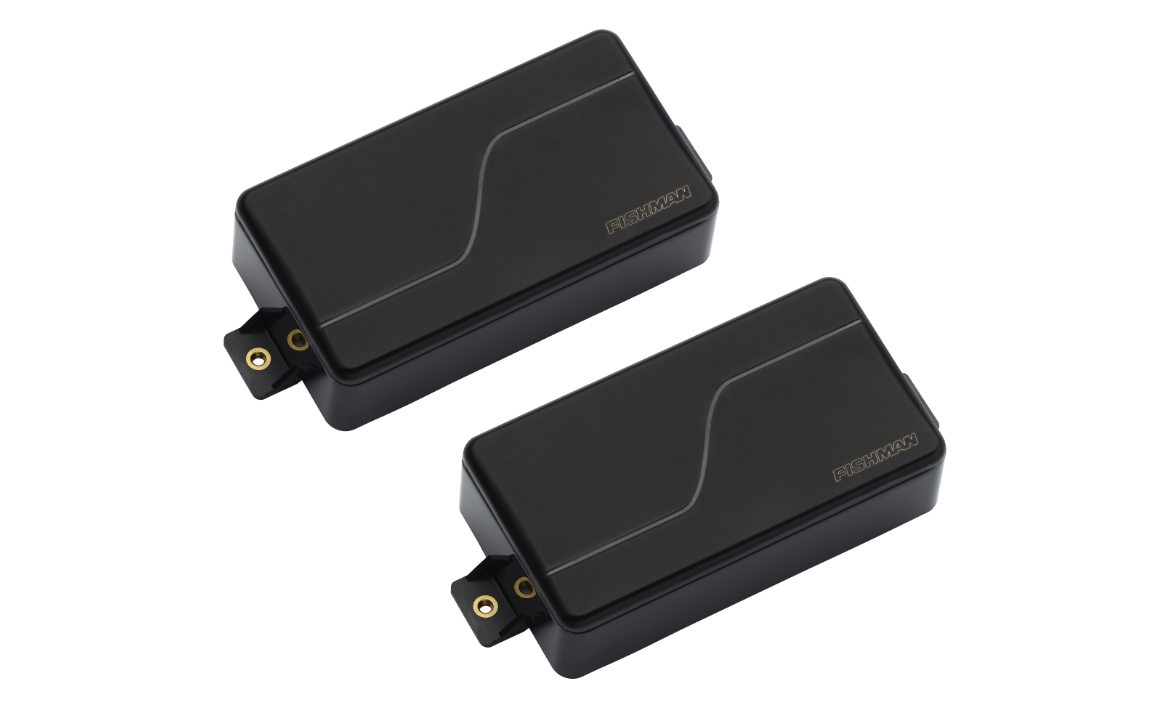
Most normal users aren’t too keen on using a dedicated music player for their music needs anymore. Most users use the phone in their pockets to deliver their tunes to their headphones. But, while smartphones are great and their capabilities have vastly improved, a dedicated music player still has its place. The FiiO M15S is one of these players that is capable of Hi-Res Lossless playback with some of the best digital to analog conversion you can get.
Estimated reading time: 18 minutes
For the most part, the general user is a passive listener and doesn’t really have a need for something like the FiiO M15S. But for the listener who wants to listen to more than a passing note, something like the FiiO M15S is going to allow them to hear more than they have ever heard before. Paired with a good pair of headphones, like the Focal Bathys Wireless or the Sennheiser MOMENTUM 4 Wireless as well as the wired Focal Utopia and Sennheiser HD 600, the FiiO M15S is a gem.
If you’re looking to take your tunes to another level and hear things in songs you’ve been listening to for years that you’ve never heard before. The FiiO M15S is your chance to do just that. Read on for the full review of this Hi-Res Lossless music player to find out more.
Table of contents
The Quick Take
The FiiO M15S Digital Audio Player (DAP) is not a device for everyone. This is really a specialized piece of kit that will only make sense to those who are discerning music listeners. Casual listeners who aren’t deconstructing their music are probably not going to find this useful.
That said, this DAP is one of the best ways to elevate your music listening experience. Paired with a great set of headphones, the FiiO M15S delivers your music to your dirty ear holes in glorious Hi-Fi. This DAP is best experienced with a Lossless music service such as TIDAL or Apple Music and a pair of headphones that can handle Lossless and Hi-Fi tracks.
I recommend using headphones with a neutral soundstage, something that isn’t tuned or colored one way or another but is set to what the artist intended you to hear. I used various headphones, from simple TWS earbuds to Focal’s Utopia headphones.
Of course, the better your headphones, the better results you’re going to get. The FiiO M15S is a fantastic buy for those who want more out of their music and want to take it on the go. Yes, it’s expensive, but I don’t think those reading this review are unaware of the cost of Hi-Fi gear and are willing to pay for it. In that case, I highly recommend the FiiO M15S.
Specifications
The FiiO M15S has the following features and specifications:
| General Specifications | |||
| Name/Model | M15S | Hardware | Soc: Snapdragon 660, DAC: ES9038PRO, Amplifier: OPA926 * 2, Crystal Oscillator: NDK Femtosecond Crystal Oscillator * 2 |
| Working mode | Android mode/Pure music mode/USB DAC mode/Bluetooth receiving mode/AirPlay mode /Roon Ready | Weight | about 345g |
| Color | Black | Volume Control Type | button control or knob control |
| Size | about 140x80x18.9mm | Body Memory/User Free Space (ROM) | 64GB/About 46GB |
| Display | 5.5-Inch full-fit screen (resolution 1440 * 720) | Gain | Ultra-high (Quick charge)/Super high/high/medium/low |
| RAM | 4GB | Recommended headphone impedance | 8 ~ 150Ω (single-ended output)/8 ~ 350Ω (balanced output) |
| Storage expansion | Single TF card slot, up to 2TB (theoretically) | Channel balance | L20~ R20 (0.5dB per level) |
| Buttons and interfaces | |||
| Button | Physical key | USB | TYPE C USB3.0 (charging/data transmission) |
| Headphone output | 3.5mm single-ended | Line output port | 3.5 mm (shared with PO port) |
| Balanced output | 2.5mm + 4.4mm balanced | Balanced line output interface | 2.5mm balance + 4.4mm balance (shared with PO ports) |
| coaxial interface | 3.5 mm (shared with PO port, up to 384kHz-32bit/DSD128) | ||
| Features | |||
| Wi-Fi | 2.4GHz/5GHz, supports DLNA transmission and reception, AirPlay, Wi-Fi transmission, Roon Ready, etc. | Bluetooth Transmitter (5.0) | SBC, AAC, aptX, aptX HD, LDAC, LHDC |
| Bluetooth reception (5.0) | SBC, AAC, aptX, aptX HD, aptX LL, LDAC, aptX Adaptive | FiiO Link | Android support Wi-Fi and Bluetooth control, iOS support Wi-Fi control |
| MQA | Global 8x decoding | All to DSD | support |
| Double click to wake up | Support | USB Audio | 768kHz-32bit/DSD512 (DoP/D2P/Native) |
| Maximum supported sampling rate | Native: Up to 384kHz-32bit/DSD256 | Car mode | can follow the car USB automatic switch machine |
| USB DAC up to 384kHz-32bit/DSD256 | EQ | 10-band dynamic EQ adjustment (± 12dB), built-in 8 preset EQ, support custom EQ | |
| Power-off timer | Support power saving shutdown/sleep shutdown | Navigation control | Gesture control/2-Bottom navigation/3-Bottom navigation |
| Firmware Upgrade | Support local storage upgrade + TF card local upgrade + OTA push upgrade | ||
| Power Parameters | |||
| power supply | Support QC3.0, QC4.0 and PD2.0 and PD3.0 quick charge | Battery Capacity | 6200mAh |
| charging time | About 3.5 hours (QC3.0 quick charge mode) | Standby Time | >1000h |
| Battery life and test conditions | |||
| 3.5mm headphone output: 10.5 hours | |||
| Volume | 40 | Gain | super high |
| Screen status | Off | Tracks formats | MP3 44.1kHz/16bit |
| EQ | Off | Load | 32 Ω |
| 2.5mm +4.4mm balanced output: 9 hours | |||
| Volume | 29 | Gain | super high |
| Screen status | Off | Play tracks and formats | MP3 44.1kHz/16bit |
| EQ | Off | Load | 32 Ω |
| Audio Parameters | |||
| PO output performance parameters (Ultra high) | |||
| Output power 1 | L+R≥535mW+535mW(16Ω / THD+N<1%) | Output impedance | ≤ 1.4 Ω(32 Ω) |
| Output power 2 | L+R≥580mW+580mW(32Ω /THD+N<1%) | THD+N | ≤ 0.0005%(1kHz/32Ω) |
| Output power 3 | L+R≥93mW+93mW(300Ω / THD+N<1%) | SNR | ≥ 122.5dB(A weighted) |
| Crosstalk | ≥ 80dB(1kHz/32Ω) | Noise floor | ≤ 3.2 μV(A weighted) |
| Frequency response | 20Hz~20kHz(-0.15dB) | Peak output voltage | 15.0 Vpp |
| 20Hz~50kHz(-1.0dB) | |||
| PO output performance parameters (Super high) | |||
| Output power 1 | L+R≥475mW+475mW(16Ω / THD+N<1%) | Output impedance | ≤ 1.4 Ω(32 Ω) |
| Output power 2 | L+R≥395mW+395mW(32Ω /THD+N<1%) | THD+N | ≤ 0.0005%(1kHz/32Ω) |
| Output power 3 | L+R≥57mW+57mW(300Ω / THD+N<1%) | SNR | ≥ 121.0dB(A weighted) |
| Crosstalk | ≥ 80dB(1kHz/32Ω) | Noise floor | ≤ 3.2 μV(A weighted) |
| Frequency response | 20Hz~20kHz(-0.15dB) | Peak output voltage | 11.7 Vpp |
| 20Hz~50kHz(-1.0dB) | |||
| Line output performance parameters | |||
| THD+N | ≤ 0.00034%(1kHz/10kΩ) | SNR | ≥ 124.0dB(A-weighted) |
| Crosstalk | ≥ 106dB(1kHz/10kΩ) | Noise floor | ≤ 1.2 μV(A weighted) |
| Frequency response | 20Hz~20kHz(-0.1dB) | Line Output Level | 2.0Vrms(1kHz/10kΩ) |
| 20Hz~50kHz(-0.7dB) | |||
| Balanced headphone output performance parameters (Ultra high) | |||
| Output Power 1 | L+R≥531mW+531mW(16Ω / THD+N<1%) | Output impedance | ≤ 2.3 Ω(32 Ω) |
| Output Power 2 | L+R≥1200mW+1200mW(32Ω /THD+N<1%) | THD+N | ≤ 0.00075%(1kHz/32 Ω) |
| Output Power 3 | L+R≥368mW+368mW(300Ω /THD+N<1%) | SNR | ≥ 121.5dB(A weight) |
| Degree of separation | ≥105.0dB(1kHz/32Ω) | Noise floor | ≤ 5.2 μV(A weighting) |
| Frequency response | 20Hz~20kHz(-0.15dB) | Peak output voltage | 30.0Vpp |
| 20Hz~50kHz(-1.0dB) | |||
| Balanced headphone output performance parameters (Super high) | |||
| Output Power 1 | L+R≥531mW+531mW(16Ω / THD+N<1%) | Output impedance | ≤ 2.3 Ω(32 Ω) |
| Output Power 2 | L+R≥990mW+990mW(32Ω /THD+N<1%) | THD+N | ≤ 0.00075%(1kHz/32 Ω) |
| Output Power 3 | L+R≥226mW+226mW(300Ω /THD+N<1%) | SNR | ≥ 120.5dB(A weight) |
| Degree of separation | ≥105.6dB(1kHz/32Ω) | Noise floor | ≤ 5.2 μV(A weighting) |
| Frequency response | 20Hz~20kHz(-0.15dB) | Peak output voltage | 23.7 Vpp |
| 20Hz~50kHz(-1.0dB) | |||
| Balanced line output performance parameters | |||
| THD+N | ≤ 0.00031%(1kHz/10 kΩ) | SNR | ≥ 127.7dB(A weight) |
| Crosstalk | ≥ 106dB(1kHz/10 kΩ) | Noise floor | ≤ 1.7 μV(A weighting) |
| Frequency response | 20Hz~20kHz(-0.1dB) | Line output level | 4.0Vrms(1kHz/10kΩ) |
| 20Hz~50kHz(-0.7dB) | |||
| Audio format support | |||
| Lossless: | DSD:DSD64/128/256(“.iso”,”.dsf”,”.dff”),DST iSO DXD:352.8K/24bit APE FAST/High/Normal:384kHz/24bit(MAX) APE Extra High:192kHz/24bit(MAX) APE Insane:96kHz/24bit(MAX) Apple Lossless:384kHz/32bit(MAX) AIFF:384kHz/32bit(MAX) FLAC:384kHz/32bit(MAX) WAV:384kHz/32bit(MAX) WMA LOSSLESS:96kHz/24bit(MAX) DTS: 192kHz/24bit(MAX) MQA:Full Decoderer | ||
| Lossy compression: | MP3,OGG,WMA,AAC and other formats | ||
What’s In The Box
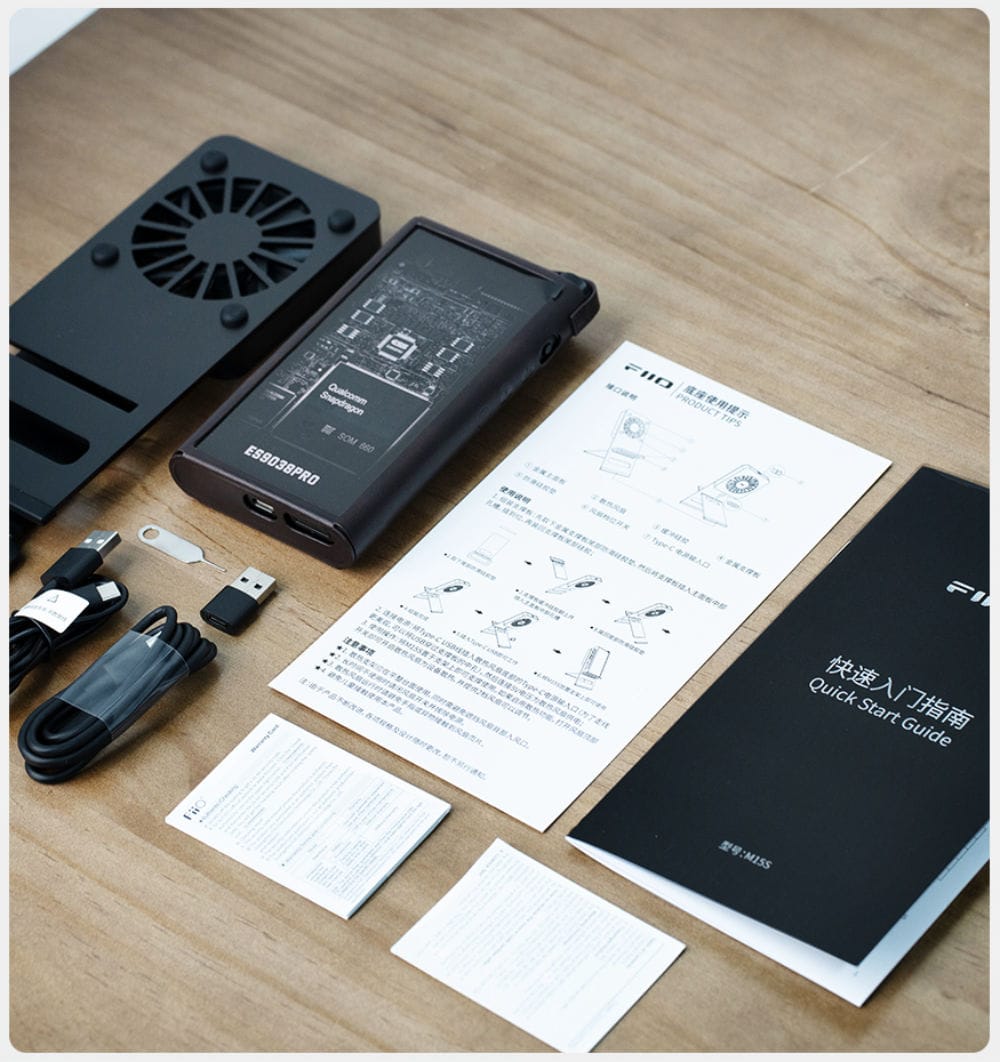
- FiiO M15S
- Leather Case
- SK3S Heat Dissipation Dock
- PD Charging Cable
- USB Power Cable for Dock
- USB Adapter
- MicroSD Card Removal Pin
- Manuals and Documentation
Design
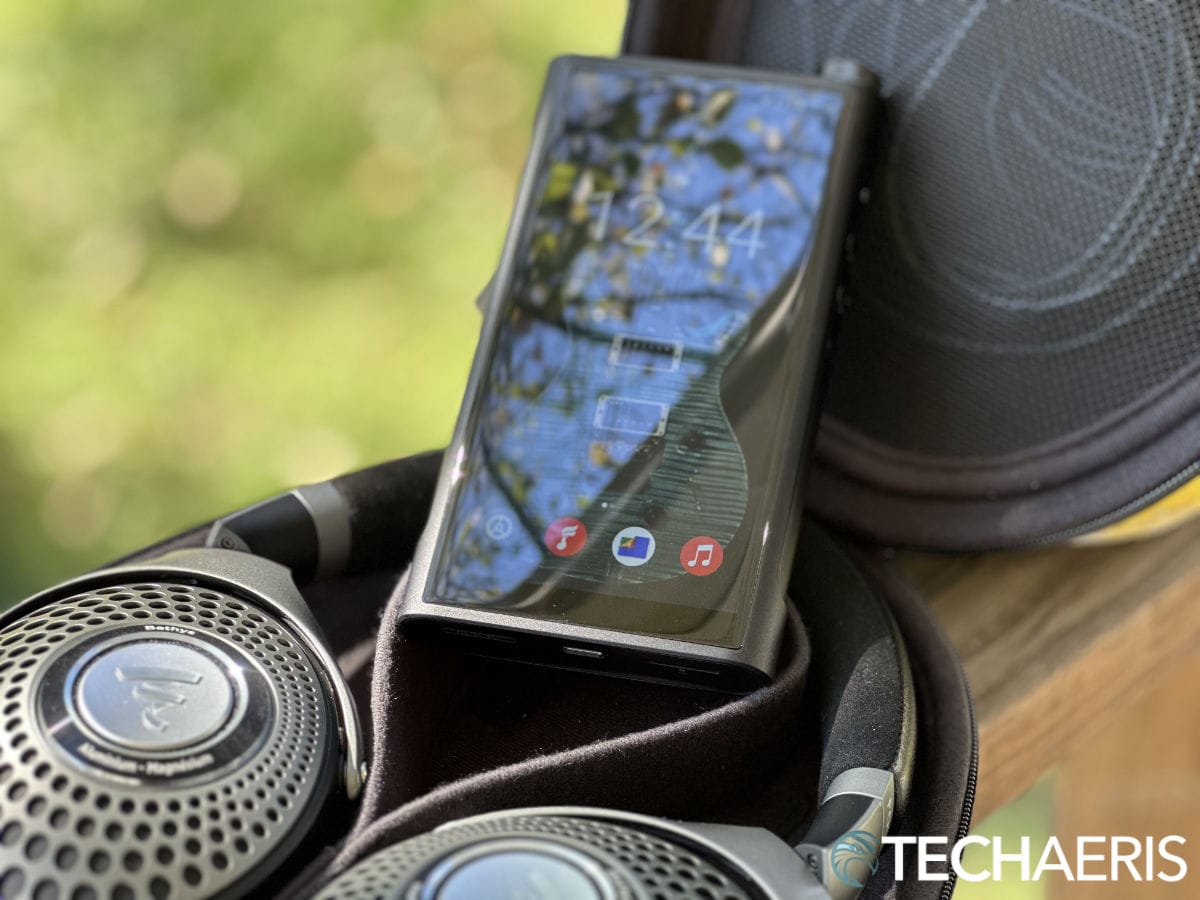
The design of the FiiO M15S is familiar and should make just about any user feel at home with it. It has a display and touch interface and runs Android 10. But before we dive too much deeper, we have to clarify that this DAP is not trying to be anything other than a DAP. So if you’re expecting flagship smartphone specs, performance and design here, you are not going to find that. It’s not what it’s made for, but I think most users looking at this will know that already.
While it looks like a smartphone from a distance, it’s anything but. It’s slightly shorter than the iPhone 14 Pro Max and significantly thicker. It’s slightly heavier than an iPhone 14 Pro Max. I would say that it’s still pocketable and portable. Though some might need to get used to the thicker form factor.
The overall build is glass and aluminum, and it’s sturdy and solid feeling. Starting on the back, there’s not much here, only the FiiO logo and other information along with an interesting pattern that’s part of the glass back. The bottom of the FiiO M15S is where your microSD card slot is located, this allows you to jam this guy full of music that you might already own as it supports up to 2TB. The USB-C charging port is also located on the bottom.
Sliding over to the left-hand side of the M15S, you’ll find your power button, previous track button, pause/play button, and track forward button. Flipping to the right-hand side of the FiiO M15S, you will find the hold switch, volume up button, volume down button, and input mode selection button. The input selection button provides you with access to the following:
- Pure Music mode: FiiO exclusive mode, for immersive music.
- Android mode: Freely use third-party apps, including those of streaming services.
- AirPlay mode: wirelessly connect to iOS devices like iPhone/iPad, with a sound quality boost.
- Roon Ready mode: Roon Ready certified, for serious music lovers.
- USB DAC mode: acts as a DAC when connected to a computer/phone, for greatly improved sound.
- Bluetooth receiver mode: supports SBC, AAC, aptX, aptX HD, aptX LL, LDAC, and aptX Adaptive, for convenient quality wireless sound.
Finally, the top of the FiiO M15S houses a very nice volume knob that I love, you can assign the volume to the buttons or the knob, I prefer the knob. The volume also goes to 120, I guess that’s FiiO’s 11, and it’s surrounded by an LED ring. Spinal Tap reference there. Next to the volume are your outputs, and you get the following options:
- 2.5mm balanced headphone output
- 3.5mm singled-ended headphone output
- 4.4mm balanced headphone output
Overall, the build quality is outstanding, and I love the mix of physical buttons and touchscreen. While it is bulky, it’s still very much portable. If I have one big complaint when it comes to design is that there is no fingerprint sensor. You will need to use a pin or pattern to access the interface. The design is modern and reminds me of a smartphone. This is the modern-day iPod or Zune, just 1000 times better.
Display
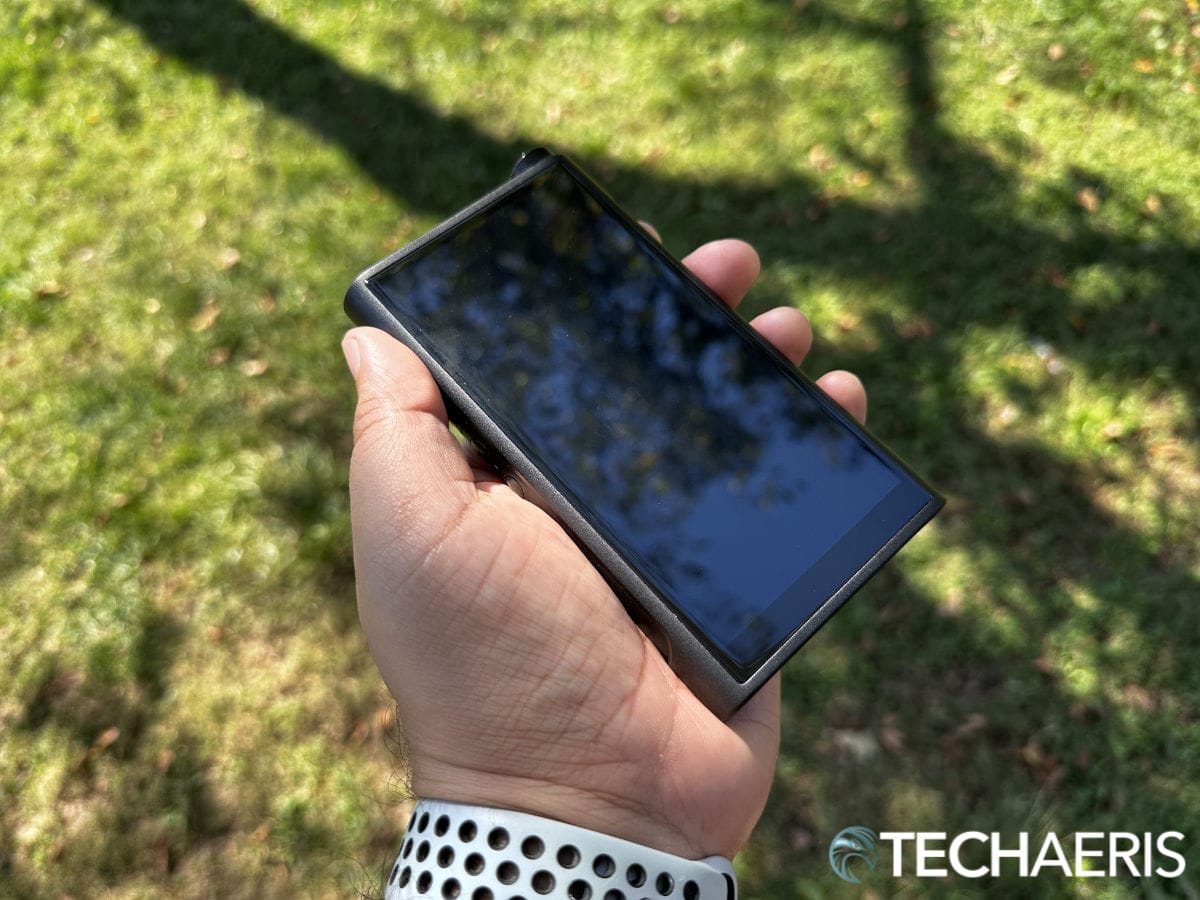
Before we jump into this section, I would say that it is important to note that the FiiO M15S is not designed to be anything more than a DAP. The M15S is not looking to be a gaming device or even a web surfing and app using device. The FiiO M15S is strictly viewed and made to be a Hi-Fi digital audio player, and that is its sole purpose. Anything more is just icing on the cake.
That said, the FiiO M15S has a 5.5-inch 1440×720 display. Yes, I know, not exactly flagship smartphone specs here, but it doesn’t need to be.
The touchscreen is responsive, and the brightness is adequate, though I would have liked to see a bit more brightness. Swiping and taps all registered without fail and everything moved smoothly without any issue.
This is running Android 10, but it still looks fresh and clean with no bloatware and the FiiO software runs nicely, more on all that later.
You can watch videos and play some games on this display, and they look fine. No, not flagship level display specs, but it will get you through in a pinch. The main thing is that your music interfaces all look great on this display. Though I will add that it struggles in bright outdoor conditions.
Overall, this isn’t a flagship smartphone display, but FiiO is also not claiming it to be, nor is it meant to be even near that level. This display does what it needs to and supports the full function the FiiO M15S is built for.
Setup
Setting up the FiiO M15S isn’t any different from any other Android device. The setup steps are identical and once you’re logged into Google services, you’re good to go. From here, all you need to do is login to all of your streaming music apps or insert your microSD card of music and use the FiiO app to scan it. More on apps and software in the next section.
Overall, there is no complicated rigmarole to go through in setting up the M15S, it’s dead simple, especially if you’ve used any Android device in the past 5 years.







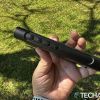

Software/UI
The FiiO M15S runs on Android 10, that’s a bit antiquated in terms of smartphones, but for a DAP, I think it works perfectly fine. There are also some software, app, and UI elements that are FiiO-centric. So we will cover Android first and then FiiO.
There isn’t much to say about Android 10, it runs fluidly on this hardware, has no issues, no lag, and the touchpoints were all spot on. My only concern is future updates for this software. Paying $1,000 for a DAP means you expect it to work for years to come. With Android now at version 14, will the FiiO M15S be updatable? This is a concern for those who use streaming apps, as those apps may eventually update to a point that requires a newer version of Android.
I don’t think the concern is as high for those who are using the M15S with a microSD card, as the internal software should work great for a long time for this purpose. Still, we are hoping that FiiO does upgrade the M15S to a more current version of Android to stay on pace with app updates and security updates. Overall, though, Android 10 works fine and all the major streaming apps work great, even Apple Music.
Now, the FiiO M15S also comes with the FiiO app, which can scan the microSD card for music or connect to a media server for music playback. It’s basically very similar to any other music app, but it organizes your music that you own. I would compare it to a Plex server, but mainly used for music. And now, as I write this, I’m thinking you may even be able to connect your Plex to FiiO to access any music or video you have on your Plex server. The M15S is also Roon Ready. Roon is similar to Plex but made for Hi-Fi playback, and many audiophiles use this service.
Here are some of the features of the FiiO app:
- Scan for local music: Scans microSD card for music
- Wi-Fi music transfer: Transfer music from computers or mobile devices over Wi-Fi
- Sleep Timer: Allows you to auto-close the app when the current track is completed
- Lab Features: Allows DLNA transmitting and PEQ mode for manual EQ adjustment
- Settings: Basic settings for everything from Gapless Playback and Crossfade to Album Art and Replay Gain. There is a lot in this area of the interface.
- Language: Sets preferred language in the app interface
- Reset
- About
- Exit
Drilling down into the Android settings, you will find an Audio section. Here you can do a wide variety of things, far too much to cover, but here’s an idea of what to expect:
- Output selection
- Gain selection
- Lowpass Filter mode
- Bluetooth Audio Encoder
- Balance Adjustment
- Second Harmonic Regulation
There is a lot of stuff here in the software section that allows users to dial in their precise needs, and that’s nothing but a good thing. The nice thing is that FiiO doesn’t leave you hanging, should you be confused. They have a dedicated app called Technical Support that contains the entire user manual that is easy to use and reference. It is big though and there is a learning curve for those who have never used a DAP.
Overall, the software and UI work great, look great, and do numerous things. I don’t have an issue with Android 10 being used, this isn’t a device for email, gaming, or web browsing (though it can be used for such things), no, this is a dedicated music player and the software reflects this. I will say that I am concerned about future Android and streaming app updates. Hopefully, FiiO does update to a newer version so that future app compatibility is not broken.
Performance/Sound
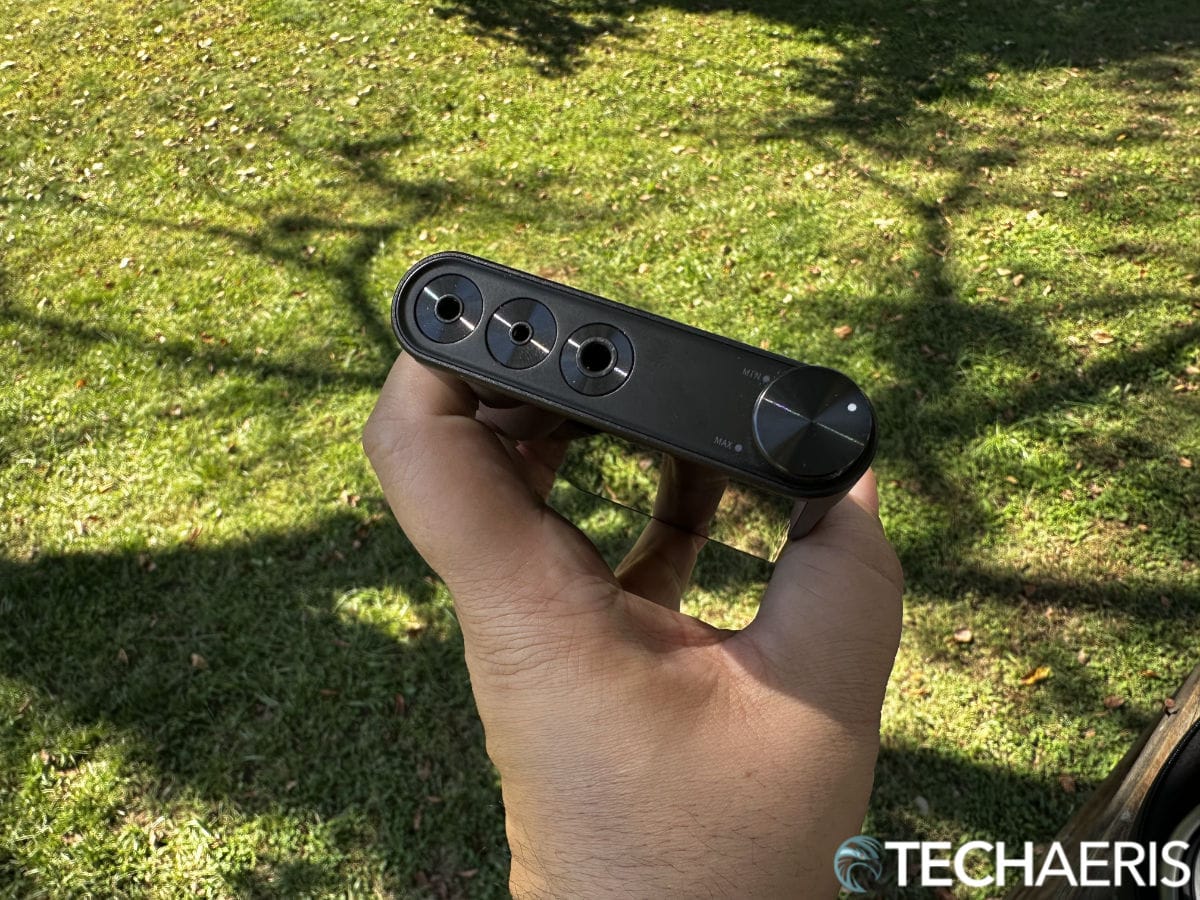
It’s important to know that the FiiO M15S is not just a music player, but also a powerful 8-channel DAC. This makes it good enough to use it as a desktop DAC and funnel your music through it from your desktop. The DAC will increase the quality of the music you hear. Here are some of the performance features:
- ES9038PRO DAC (desktop grade)
- 4th Gen DAPS (Digital Audio Purification System)
- Dual power supply modes
- Five gain levels
- Dedicated desktop mode
- Auto AUX DC power supply
- Overbuilt power supple for clean power
- Multi-stage audio circuit
- Graphene heat dissipation for better cooling
- Internal shielding for cleaner sound
- SBC/AAC/aptX/aptX HD/LDAC 2-way/BT 5.0
- Dual-band Wi-Fi capable
The FiiO M15S is one of the most technical pieces of audio equipment on the market, hence the price point. My advice to those stepping into this world is to take your time and research all the technical jargon and understand what all of this does for your sound. Speaking of sound.
Listening to Apple Music Lossless through the FiiO M15S is an absolute pleasure. I also used TIDAL Hi-Fi which is on par with Apple Music. I used various headphones, all of them wired. Here’s the list of headphones I tested with the M15S:
- Focal Bathys
- Sennheiser MOMENTUM 4
- Focal Utopia
- Sennheiser HD 600
- beyerdynamic DT 770 Pro
- FiiO FH7
- Apple AirPods Max
It’s important to use quality headphones that can handle the output from the M15S. Expecting excellent sound from a cheap pair of Amazon specials is going to leave you disappointed.
The sound is precisely what I had hoped for, neutral and natural, with some coloring from the various headphones. The biggest thing for me was the clarity and gain that the M15S provides. It noticeably elevates the sound to a new plane. While I can hear great things with all of these headphones using my smartphone, the clarity of many songs I’ve listened to time and again shone through with the M15S.
This is, of course, what it is designed to do. When using a good pair of headphones, it removes all the mess from digital audio and restores the quality to studio level. I was really pleased with the sound that the FiiO M15S produced.
Overall, the performance and sound is off the charts on this device. It earns the price point it is set at, in these respects.
Battery
Battery life is going to wildly range here, there are so many factors at play from Bluetooth and Gain levels, to desktop mode or mobile. I really only tested the 6,200mAh battery while streaming tunes from Apple Music while using wired headphones. My testing is far from scientific, but I averaged just over 11 hours of battery life. I think it could be better, but there is a lot at play with this device. There is fast charging here and it works very well.
Price/Value
The FiiO M15S is not cheap, clocking in at $999.99. I don’t think the value is here for those users not looking for Hi-Fi sound, or for users that don’t have a pair of headphones to handle the output. That said, the M15S is certainly a winner for audiophiles and those seeking a better sound experience. The M15S gives you superior audio in a package that’s nicely designed and equipped.
Wrap Up
This was my first dive into a digital audio player and I freely admit that it was a steep learning curve. I don’t think I have everything fully understood and there is a lot more to learn. I do think that the sound coming into my ear holes through the FiiO M15S sounded amazing. With a great pair of headphones that can handle the output of the M15S, you will be delighted.
However, I do think the average user who owns a flagship smartphone and a good pair of headphones like the Focal Bathys or Apple AirPods Max will be fine with that combo. Though, if you have money burning a hole in your pocket, it is worth buying the M15S.
FiiO M15S
$999.99Nailed it
- Nice looking design
- Nice display, responsive and fluid
- Easy to setup, though there is a learning curve on operation
- Dual power mode
- Wide range of methods to playback music
- Soon ready for audiophiles
- Decent battery life
- Sound is fantastic
Needs work
- Display could be brighter
- Needs a fingerprint sensor
- Android 10 and I worry about future Android updates
- Price tag is big, some may not like this
In some of our articles and especially in our reviews, you will find Amazon or other affiliate links. As Amazon Associates, we earn from qualifying purchases. Any other purchases you make through these links often result in a small amount being earned for the site and/or our writers. Techaeris often covers brand press releases. Doing this does not constitute an endorsement of any product or service by Techaeris. We provide the press release information for our audience to be informed and make their own decision on a purchase or not. Only our reviews are an endorsement or lack thereof. For more information, you can read our full disclaimer.
Last Updated on March 13, 2024.



